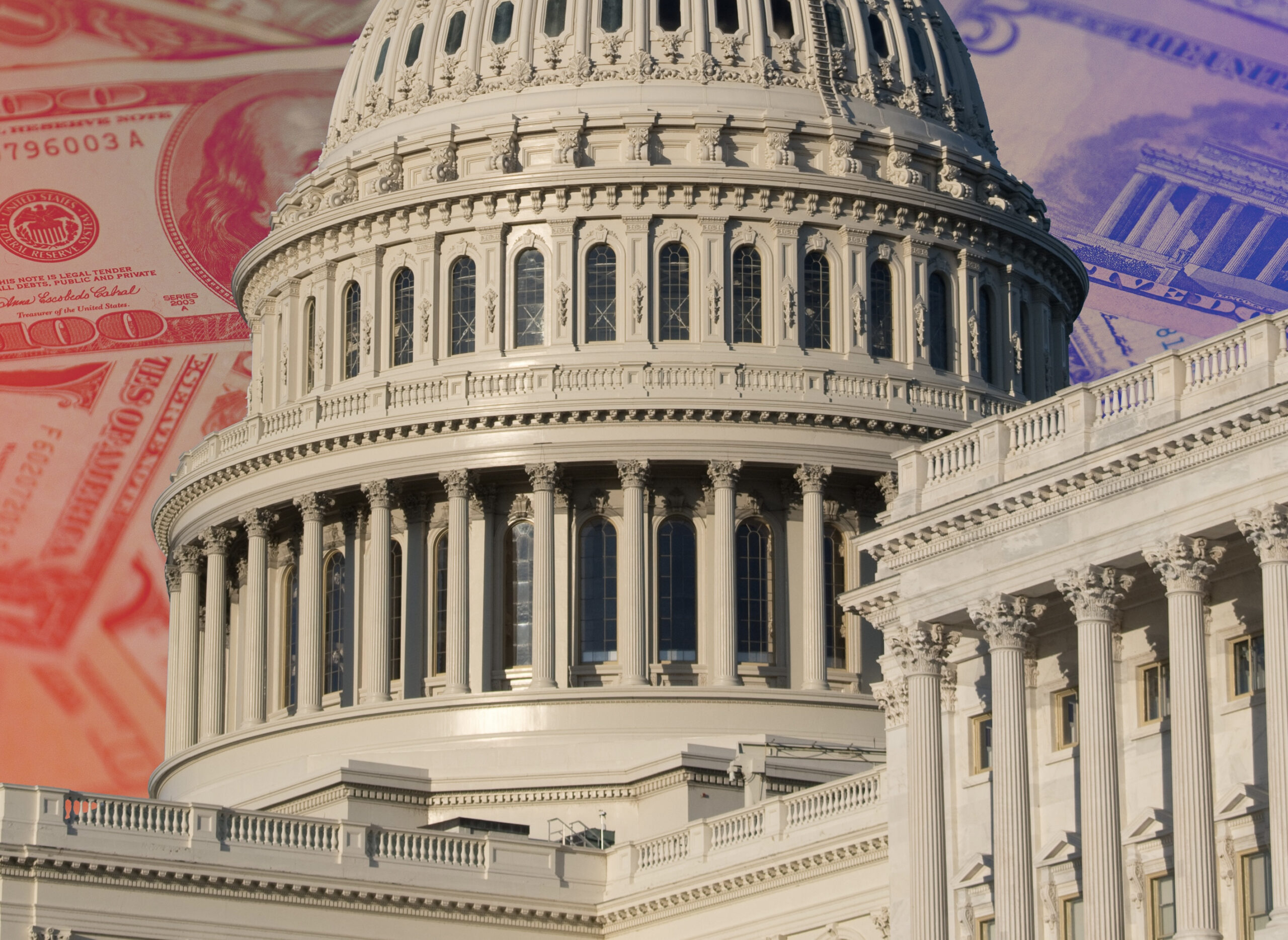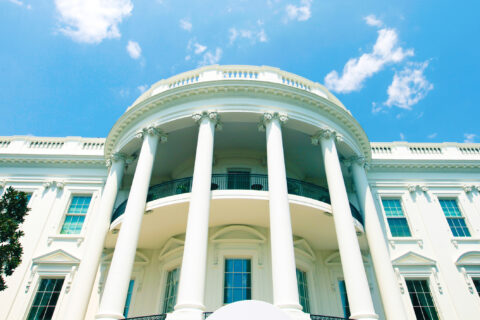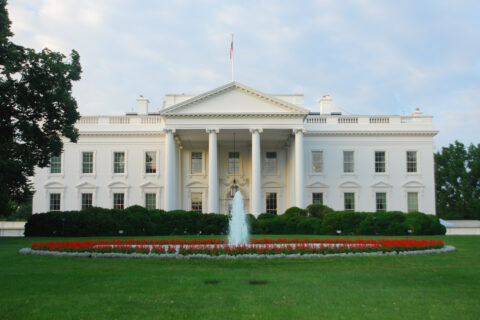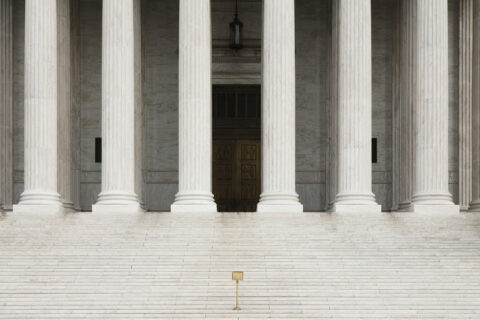Six months into the new Fiscal Year and following four continuing resolutions to keep the government running beyond the October 1st start of Fiscal Year 2024, Congress has approved all twelve annual spending bills, which have been signed into law.
A Best-Case Scenario
For local governments, passing all twelve bills through two legislative packages was the best-case scenario in an unusually contentious appropriations cycle. The expectation for mixed results on funding levels for programs important to local governments was present from the start of the appropriations cycle due to growing pressure within Congress to address the national debt following trillions in unbudgeted emergency spending related to stabilization and recovery from the COVID-19 emergency. And this is indeed the case for FY24.
However, the looming threat of a year-long continuing resolution that locked in FY23 spending levels for all of FY24 and the worse threat of sequestration were both overcome. A year-long CR would have meant new programs would go without FY24 funding, and existing programs could not account for the costs of inflation. The possibility of sequestration was imposed by an earlier debt limit deal to incentivize Members of both parties with the threat of an automatic 1% cut across all federal agencies. Over time, that evolved into the threat of a strikingly deep 9% to 10% cut for nearly all federal grants local governments are eligible to receive due to reinterpretations of the debt-ceiling law by Congressional and White House budget authorities. NLC member advocacy was crucial in preventing both these worse outcomes.
Overall, federal funding for FY24 adheres closely to the spending limits originally agreed to by Congress and the White House before former House Speaker Kevin McCarthy was removed from leadership.
Positive Outcomes
Positive outcomes for cities and towns include a significant increase in HUD’s affordable housing and homelessness programs that will ensure the renewal of all existing housing vouchers despite rising costs due to inflation. Direct funding to local governments under the CDBG program was also spared from cuts, but funding for the HOME grant program was reduced. Funding for public transit decreased by two percent, but that level is sufficient to ensure funding for 96 percent of the total authorized under the Bipartisan Infrastructure Law.
Under the U.S. Environmental Protection Agency (EPA), the Clean Water and Drinking Water State Revolving funds are level-funded compared to FY23 at $1.638B and $1.126B, respectively. Of that, however, more than half—$1.4B between the two accounts—is allocated for earmarks supporting the construction of drinking water, wastewater, and storm water infrastructure and for water quality protection. While earmarks also meet local needs, NLC’s position is that funding for earmarks should be in addition to the baseline funding, not off the top.
Within the U.S. Department of Energy, local government energy efficiency and renewable energy programs fared well with mostly level funding. This includes the Weatherization Assistance Program at $366M, which helps improve the energy efficiency of low-income households, and the State Energy Program at $66M, which supports state and local energy efficiency and renewable energy programs. Additionally, new programs from FY22 that continue to see funding includes the Local Government Energy Program (LGEP) at $12M, which supports local governments in implementing clean energy projects and programs, and Energy Future Grants at $27M, which provides financial assistance and technical assistance to support local, state, and tribal government-led partnership efforts that will advance clean energy program innovation.
Challenges for Local Government Priorities
Harder hits on local government priorities include an approximately ten percent cut across the majority of Homeland Security grant programs tracked by NLC, with deeper cuts for a handful of programs. Incremental decreases for Brownfields, Safe Water for Small & Disadvantaged Communities grants, Reducing Lead in Drinking Water grants, and Sewer Overflow Control Grants were also enacted.
FY24 appropriations also failed to provide funds for the Affordable Connectivity Program (ACP), which provides a $30 monthly discount on broadband service for qualifying enrolled households. ACP, which was established by the Bipartisan Infrastructure Law, is expected to exhaust its current funding in April. Without additional funding from Congress, the more than 23 million participating households are at risk of losing broadband service. NLC’s members recently sent a letter to Congress calling for immediate action to prevent disconnection of those households.
More information is available on NLC’s Federal Budget Tracker.








